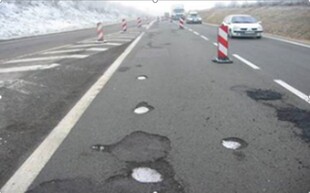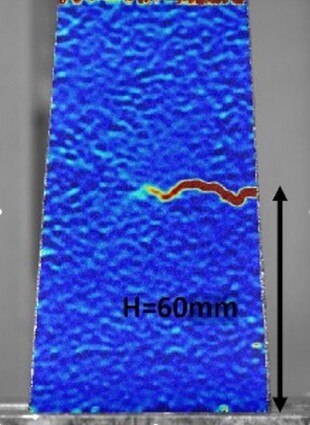The durability of materials
Significant progress has already been made towards the optimisation of road construction technologies, both in terms of design and the selection of high-quality materials, in order to provide durable infrastructure with very good serviceability characteristics. However, in the coming decades, transport infrastructures will have to face the impacts of climate change, in a context where aging networks will have to accommodate new uses.
The objective of this theme is to improve the durability of pavement materials by developing laboratory tests and accurate models that better represent their behaviour under real conditions.
In order to improve our understanding of the behaviour of materials, we need to take better account of the links between temperature, internal water transport, mechanical stresses and the chemical reactions that may occur both at the surface and in the lower layers.
This work is based on outstanding results obtained by the MIT laboratory teams:
- First results of research to identify the effects of the climate (ORSI CCLEAR);
- A proposed freeze-thaw test on asphalt and on a double surface dressing (V.T. Vu’s doctoral thesis)
- Updating of the design method with regard to climate variability (AdaptClim)
- Effect of water on the bitumen / aggregate interface (Justine Vinet’s doctoral thesis)
It is continuing with studies dealing with:
- the effects of water and frost on the resistance of materials and interfaces, to avoid the sudden surface distress that has been observed in recent winters;
- the aggressiveness of emerging forms of mobility such as platooning (i.e. freight transport using convoys of HGVs) and more generally new guided electric vehicles, to minimise their impact on pavements;
- the aggressiveness of loads on surface courses. This is an important consideration because, since until now design has focused on the lower layers of pavements and is effective, pavement maintenance is often needed because the wearing course fails;
- evaluation of the residual life of materials taking into account the changes in their performance as a result of aging;
- improvement of the fatigue criteria taken into account in the design process.


